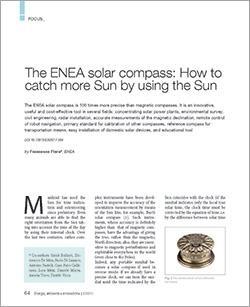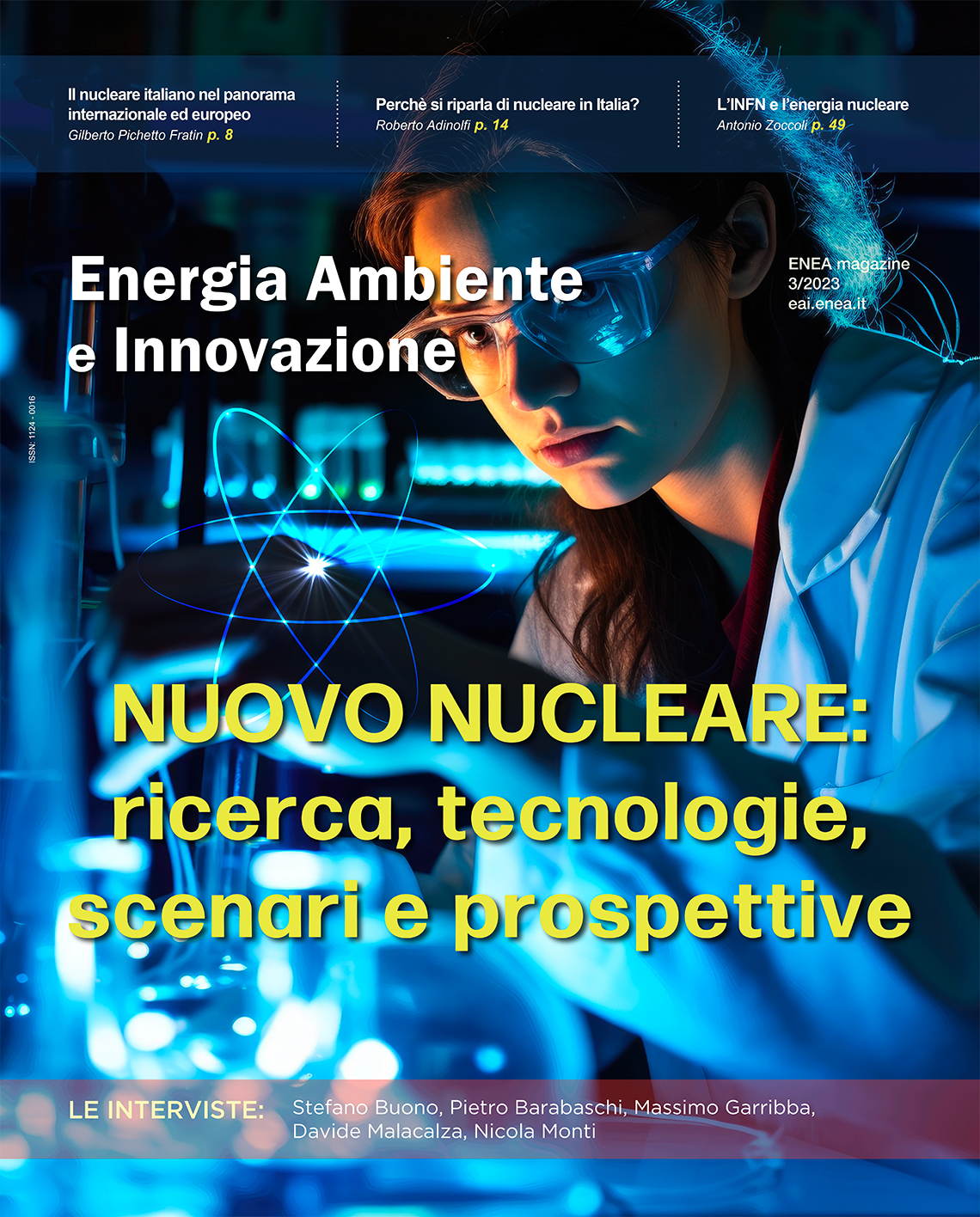
The ENEA solar compass: How to catch more Sun by using the Sun
by Francesco Flora
DOI 10.12910/EAI2017-034
The ENEA solar compass is 100 times more precise than magnetic compasses. It is an innovative, useful and cost-effective tool in several fields: concentrating solar power plants, environmental survey, civil engineering, radar installation, accurate measurements of the magnetic declination, remote control of robot navigation, primary standard for calibration of other compasses, reference compass for transportation means, easy installation of domestic solar devices, and educational tool
Mankind has used the Sun for time indication and orienteering since prehistory. Even many animals are able to find the right orientation from the Sun taking into account the time of the day by using their internal clock. Over the last two centuries, rather complex instruments have been developed to improve the accuracy of the orientation measurement by means of the Sun like, for example, Burt’s solar compass. Such instruments, whose accuracy is definitely higher than that of magnetic compasses, have the advantage of giving the true, rather than the magnetic, North direction; also, they are insensitive to magnetic perturbations and exploitable everywhere in the world (even close to the Poles).
Indeed, any portable sundial becomes a solar compass if used in reverse mode: if we already have a precise clock, we can turn the sundial until the time indicated by the Sun coincides with the clock (if the sundial indicates only the local true solar time, the clock time must be corrected by the equation of time, i.e. by the difference between solar time and mean time). Then, the meridian line of the sundial (i.e., the line indicating twelve o’clock) will lie along the true North-South direction with a much better accuracy than that of magnetic compasses. …

